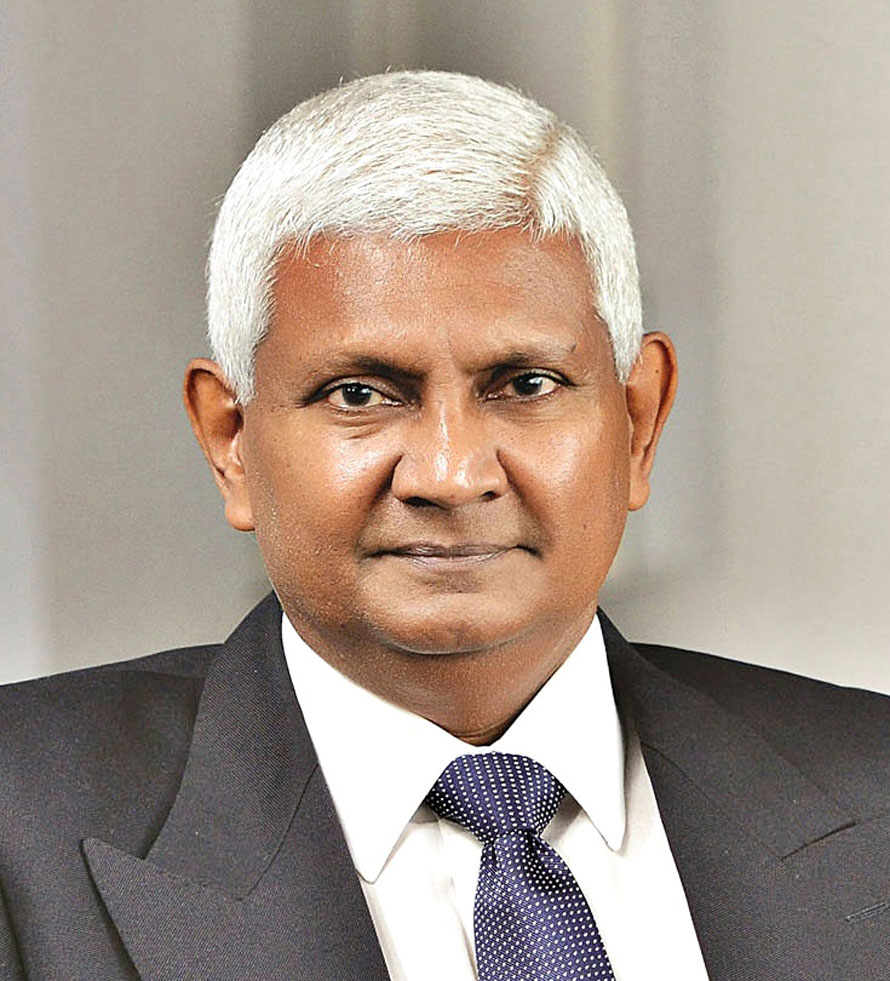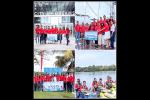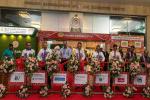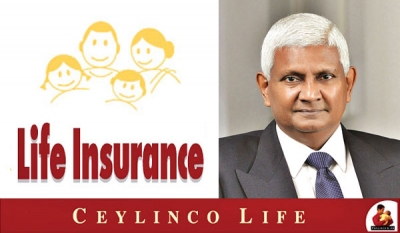The life insurance market leader reports that total income for the 12 months ending 31st December 2015 was up 7 per cent over 2014, while Goss Written Premium improved by a noteworthy 12.16 per cent.
The company recorded net profit of Rs 2.060 billion for the year and transferred Rs 1.8 billion to shareholders.
Investment and other income remained flat at Rs 6.74 billion, an unsurprising result given the interest rates in effect, the company said.
However, Ceylinco Life’s investment portfolio increased by a robust 17.35 per cent in value terms to Rs 67.1 billion, while total assets grew by a noteworthy Rs 9.1 billion or 12.9 per cent to Rs 80.2 billion for the review period.
The company’s Life Fund posted net growth of Rs 7.99 billion or 13.31 per cent to reach Rs 68.01 billion at the end of 2015.
Ceylinco Life was the fastest company in the local life insurance industry to reach a Life Fund of Rs 60 billion, a feat it achieved in 2014.
“We are happy with these results, particularly because they were achieved in a year of unusual challenges, which we were able to overcome without losing our focus on operational performance,” Ceylinco Life’s Managing Director and CEO Mr Rajkumar Renganathan commented.
“Our 2015 results can be viewed as a measure of the company’s strength and resilience, and its unwavering attention to business fundamentals.”
Ceylinco Life sold 170,007 new policies in 2015 averaging 14,166 a month, which is satisfactory in the context of the conditions that prevailed, particularly the continuing pressure on disposable incomes in many of the target policyholder segments, the company said. Sales of retirement plans grew by 30% per cent in the 12 months reviewed.
Benefits to policyholders totalled Rs 5.9 billion in 2015, a 21.7 per cent improvement over the previous year.
This included ‘Avurudu cash’ bonuses to more than 14,000 policyholders apart from the Rs 2.9 billion in annual bonuses declared.
The annual bonus pay-out in 2015 was the highest in Ceylinco Life’s history, and surpassed the previous year’s by Rs 500 million.
At the end of 2015, Ceylinco Life’s investment portfolio comprised of Government Securities (53 per cent); Licensed Private Banks (18 per cent); State Banks (2 per cent); Real Estate (7 per cent); Corporate Debt (19 per cent) and Others (1 per cent).
These investments are made in conformity with the investment guidelines stipulated under the Regulation of the Insurance Industry Act No 43 of 2000 and are subject to regular monitoring by the Insurance Board of Sri Lanka (IBSL).
In other key performance indicators, Ceylinco Life maintained its solvency ratio (admissible assets over total liabilities) at eight times the legal requirement.
The solvency margin is one of the most important key performance indicators for a life insurance business because it represents a company’s ability to meet the obligations arising from its life insurance contracts.
The prevailing insurance regulations require insurance companies to maintain a solvency margin of not less than 5 per cent of their statutory liabilities at all times.
One of the highlights of the year reviewed was the reaffirmation by World Finance, the respected UK-based magazine, of Ceylinco Life as the ‘Best Life Insurance Company in Sri Lanka’ for a second consecutive year, following an in-depth assessment of key performance indicators.
This prestigious accolade is based on scores accorded to the company on multiple parameters pertaining to long term insurance.
These include underwriting process/process efficiency; policy maintenance – the process of reviewing clients’ policies, appropriateness of coverage and cost per policy; exposure to risk; customer retention rate; time taken to settle claims; new customer acquisition rate and financial stability – premium income, life fund and market share.
Ceylinco Life has close to a million lives covered by active policies.
The company is acknowledged as the benchmark for innovation in the local insurance industry for its work in product research and development, customer service, professional development and corporate social responsibility.























